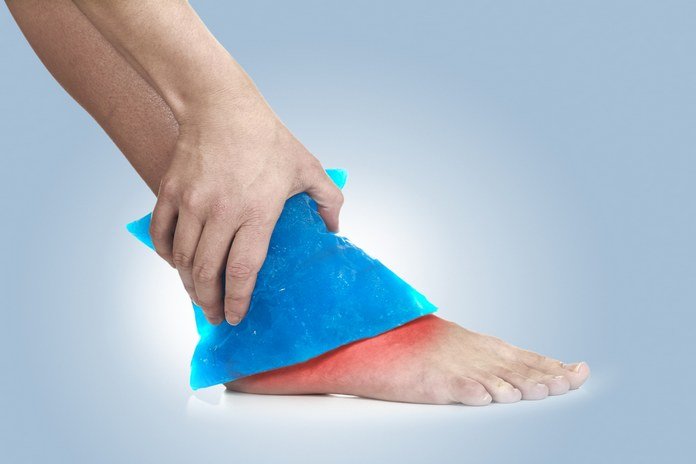Symptoms Of Varicose Veins
Usually, the symptoms of varicose veins are mild in most of the cases, and people suffer from pain, which is not very serious. Moreover, there is twisting, bulging, and swelling of the veins in the affected area. But in a few serious cases, the symptoms might be as serious as bleeding, chronic inflammation, and skin ulcers. The severe symptoms of varicose veins require immediate medical attention to resolve the situation and prevent further complications. However, in a few cases, some people develop the symptoms of varicose veins when they have some neurological conditions like restless leg syndrome. A proper and thorough examination of the symptoms can provide the appropriate cause behind varicose veins’ occurrence. Following are the commonly present symptoms in the patients with varicose veins:
Swollen ankles
The damaged valves of the veins in the case of varicose veins patients lead to the built-up of higher blood pressure in the veins due to the greater amount of blood present. The blood pressure of the affected person is way higher than the normal blood pressure in the veins of surrounding tissues, so this increased blood pressure makes the blood move to the surrounding tissue, and this movement causes swelling of the area in the ankles. Most of the time, the swelling of ankles becomes a misinterpretation for diagnosing varicose veins. The doctors usually interpret the swelling of ankles as a symptom of kidney or heart diseases.

